This game was played yesterday, I actually played a computer move, but I was not entirely sure about whether it was entirely correct.
1.e4 Nc6 2.Bc4 e6
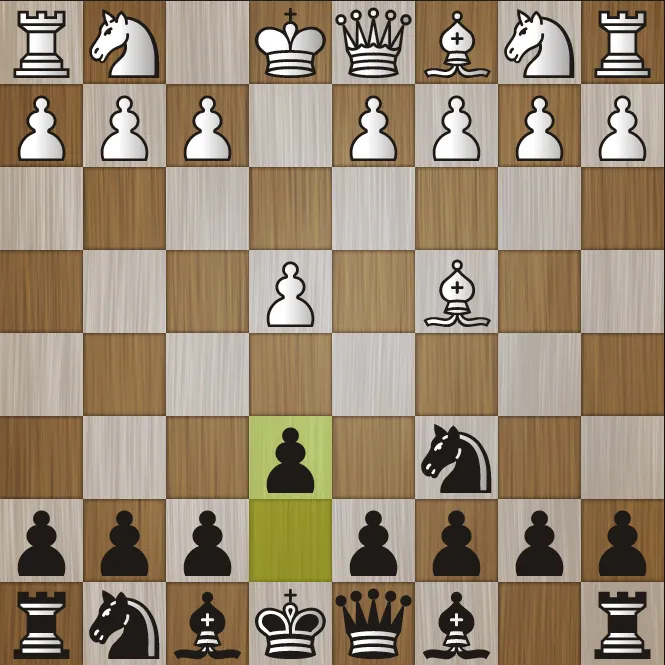
So basically Bc4 is not such a great move, since I have not played e5 yet, and can
obstruct the bishop.
3.d4 d5
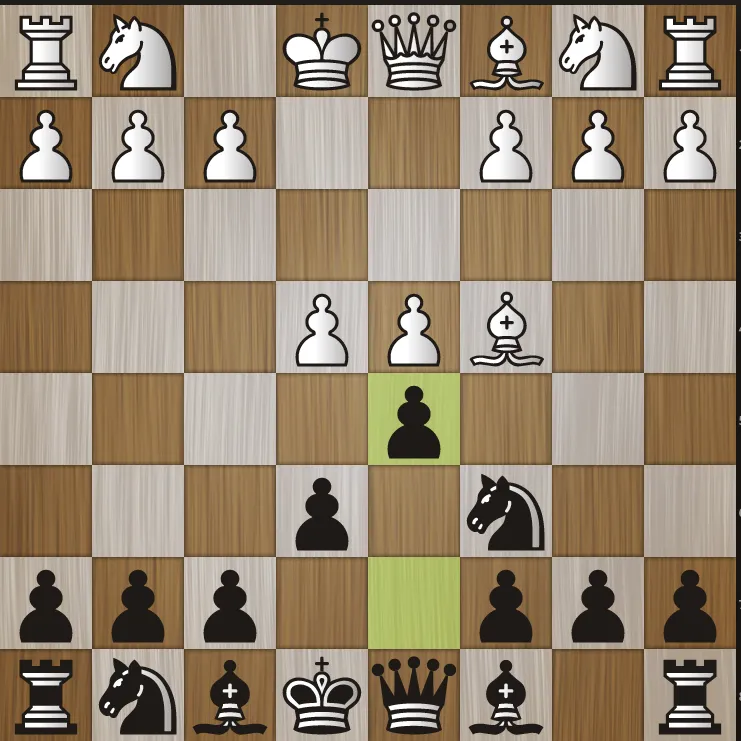
It is possible to play Bd3 here, to not allow black to gain the tempo on the bishop in the optimal way.
4.exd5 exd5 5.Bb5 Bd6 6.Qe2+ Ne7
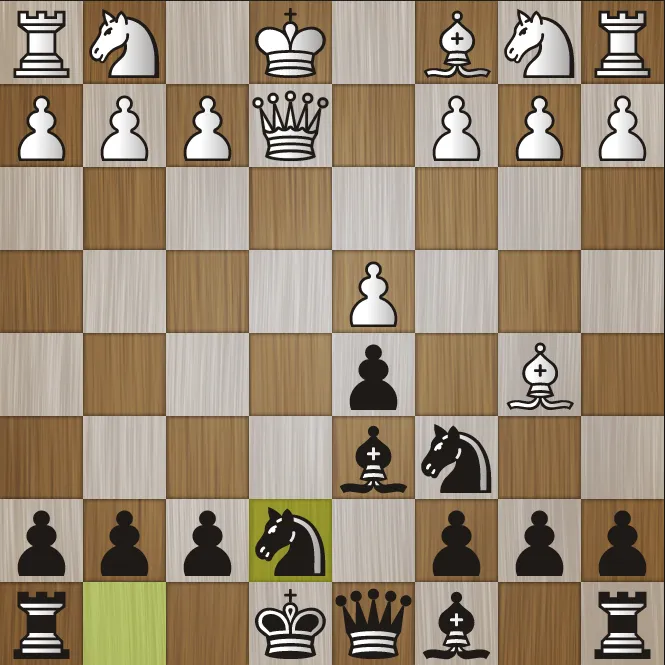
So here white is still playing somewhat strange moves, pay attention to his lack of development on the queenside.
7.Nf3 0-0 8.0-0 Bg4 9.c3 Re8
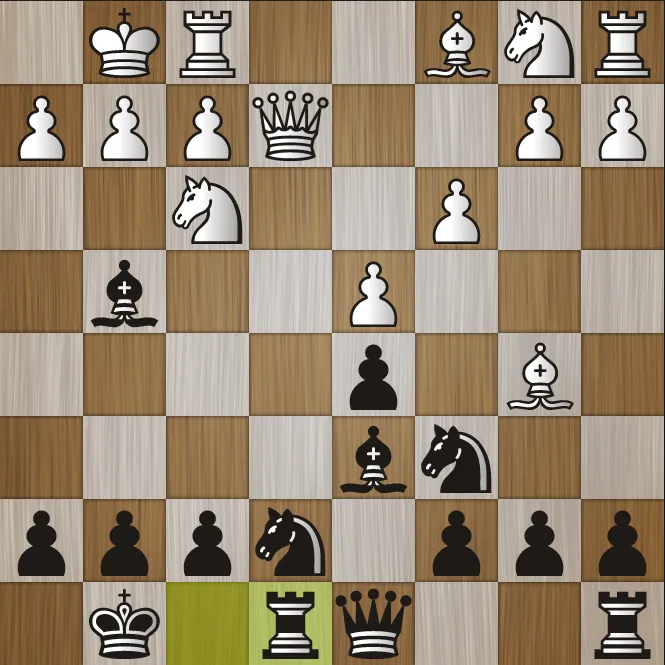
White has now deprived his queens knight from the optimal square by playing c2-c3, while he could have defended
with Be3 which also develops a piece.
10.Qd3 Bf5
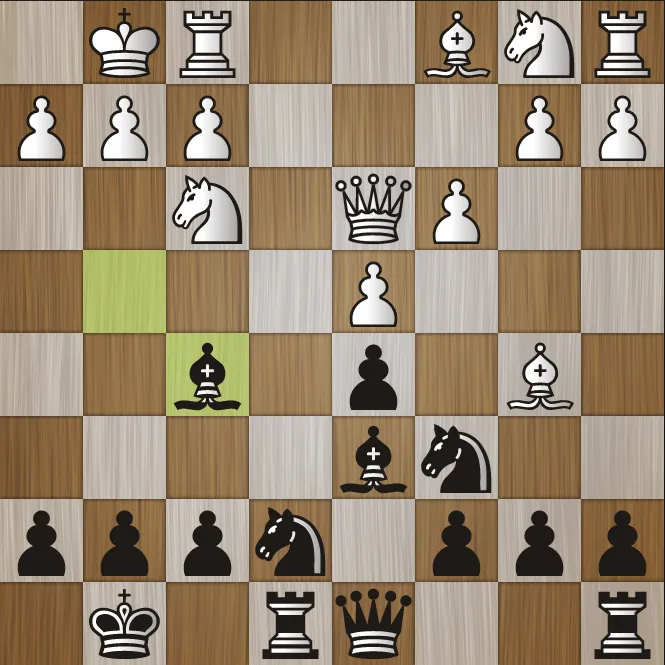
Moving the queen several times is not a good idea, here it just has to move again, but it could also be said that
moving the bishop from g4 back to f5 is not the best.
11.Qd2 Ng6
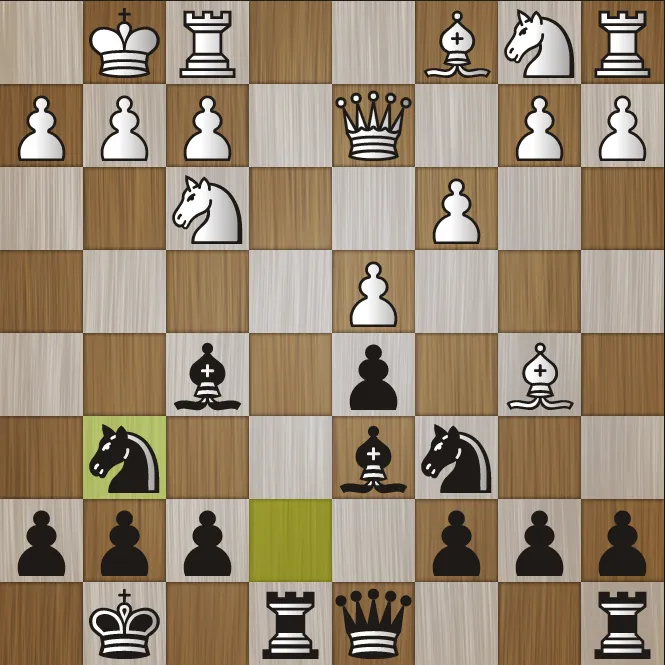
placing the queen on d2 is a absolutely terrible idea, better to go back to d1, since it allows for more harmonious
development of the rest of the army.
12.Qg5 Qc8
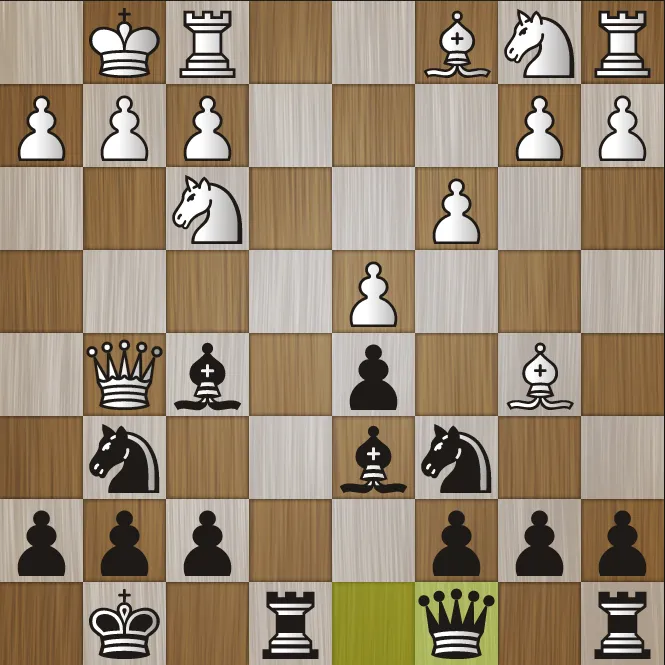
Not being interested trading queens the variation 12.-Qd7? 13.c4! convinced me putting the queen on d7 would be a
mistake, why I placed the queen on the somewhat awkward c8.
13.Bxc6? bxc6 14.b4 Bd3
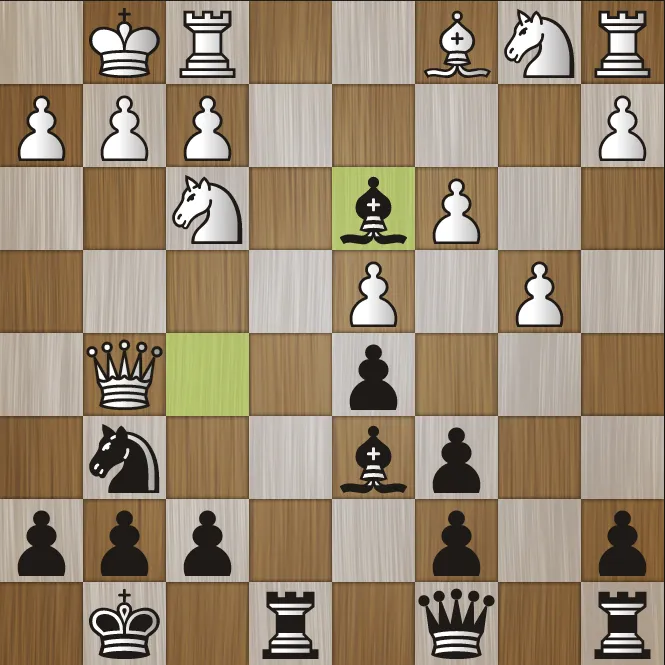
Now white has committed basically positional harikiri by placing all pawns on the color of his bishop, and trading the
'good' bishop off leaving black with a free hand to control the light squares.
15.Re1 Be2 16.Ne5 f6!

This position is very complex, both players have to play precise to avoid losing material, for now white
has to move his queen to avoid material loss.
17.Qd2 fxe5 18.dxe5
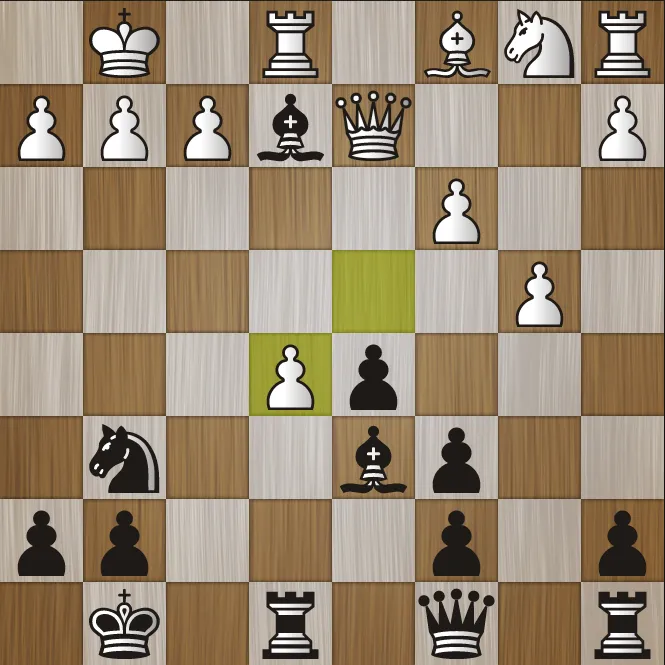
And now we come to a critical position, basically play the right move to secure a quick win.
Try to figure out the right move, and then scroll down to see the solution!.
18.-Bf3!!
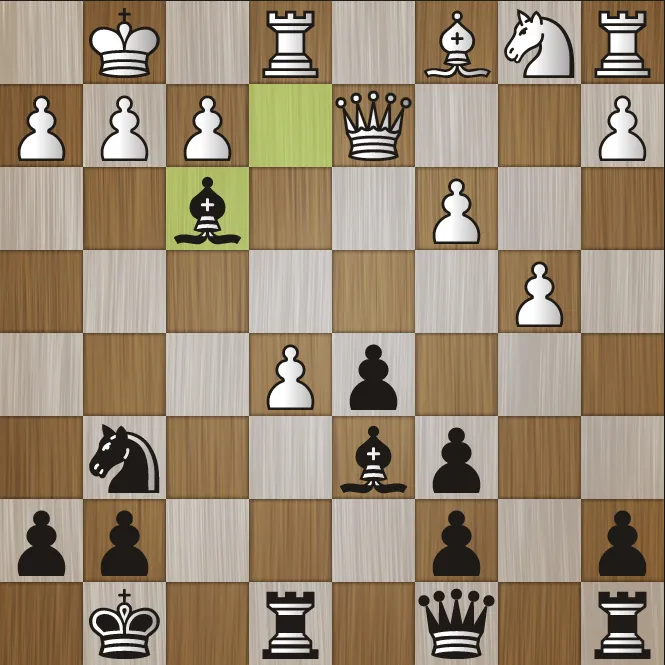
From here the game concluded quickly
19.exd6 Qg4!!

Qg4 is the point of Bf3 since now mate is unstoppable. My opponent resigned.